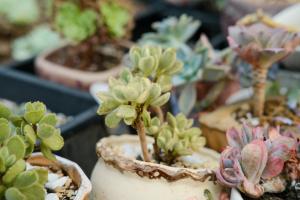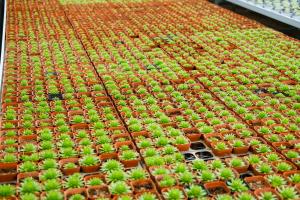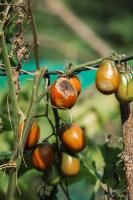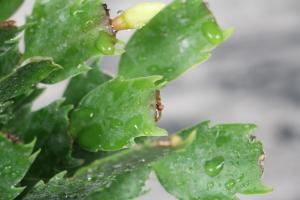Should I Prune My Cherry Tomato Plants?
If you are growing cherry tomato plants, you may be wondering whether or not you should prune them. Pruning is the practice of removing parts of a plant to encourage healthier growth and higher yields. Cherry tomatoes are no exception, and there are some benefits to pruning these plants. However, it is not always necessary, and in some cases, it can be detrimental to the plant’s health.
The Benefits of Pruning Cherry Tomatoes
Pruning cherry tomato plants can help to control their size and shape. Cherry tomatoes are known for their bushy growth, which can result in crowded plants that do not produce as many fruits. By removing some of the leaves and suckers, you can encourage the plant to use its energy to produce more fruit instead of growing more foliage. This can lead to a higher yield and healthier, more robust plants.
Another benefit of pruning cherry tomatoes is that it can help to prevent diseases. By removing infected leaves or branches, you can prevent the spread of disease throughout the plant. This is especially important if you live in an area with high humidity, which can promote the growth of fungal diseases.
When to Prune Cherry Tomato Plants
The best time to prune cherry tomato plants is when they are young. This allows you to shape the plant as it grows, encouraging a more compact and manageable size. However, it is also possible to prune older plants, although it may require more careful attention to avoid damaging the plant.
It is important to wait until the plant has set fruit before pruning, as this allows the plant to focus its energy on producing fruit rather than growing more foliage. Pruning should also be done in the morning or evening when the sun is not as intense, as this can cause damage to the exposed stems and leaves.
How to Prune Cherry Tomato Plants
There are several key tips to remember when pruning cherry tomato plants. First, remove any yellow or infected leaves as soon as you notice them, as these can quickly spread disease to the entire plant.
Next, look for any suckers that are growing in the crotch of branches. These small shoots may grow into new stems and branches, which can be a drain on the plant’s energy. Use clean scissors or pruning shears to carefully remove these suckers without damaging the main stem.
Finally, it is important to avoid pruning too much at once. While it may be tempting to remove a lot of foliage, this can shock the plant and cause it to produce fewer fruits. Instead, focus on removing small amounts of growth at a time, spreading the pruning out over several weeks if necessary.
Conclusion
While pruning cherry tomato plants can be beneficial in some cases, it is not always necessary. If your plants are already producing healthy fruits and do not appear crowded or diseased, there may be no need to prune them. However, if you do decide to prune, remember to do so gently and carefully, avoiding any damage to the main stem or fruit-bearing branches.

 how many times do yo...
how many times do yo... how many planted tre...
how many planted tre... how many pine trees ...
how many pine trees ... how many pecan trees...
how many pecan trees... how many plants comp...
how many plants comp... how many plants can ...
how many plants can ... how many plants and ...
how many plants and ... how many pepper plan...
how many pepper plan...






























